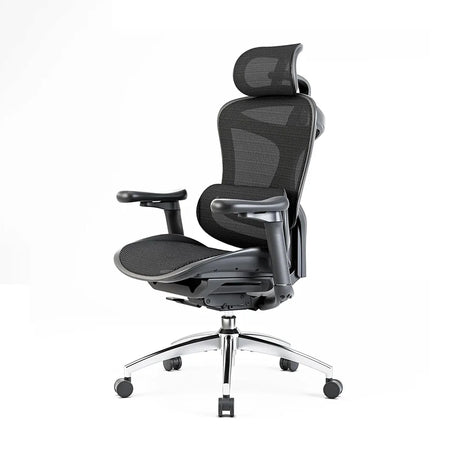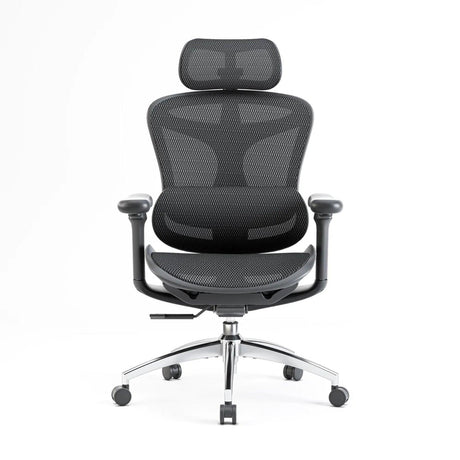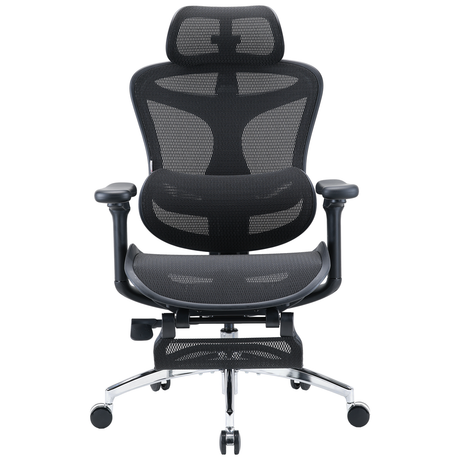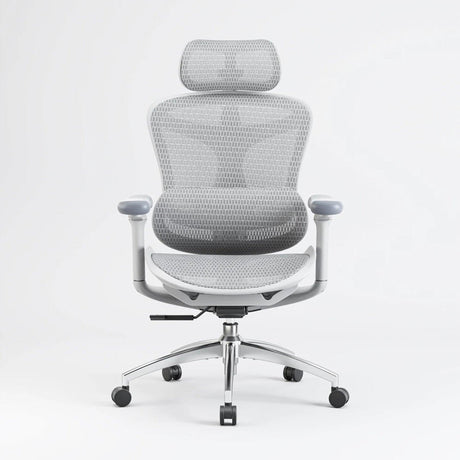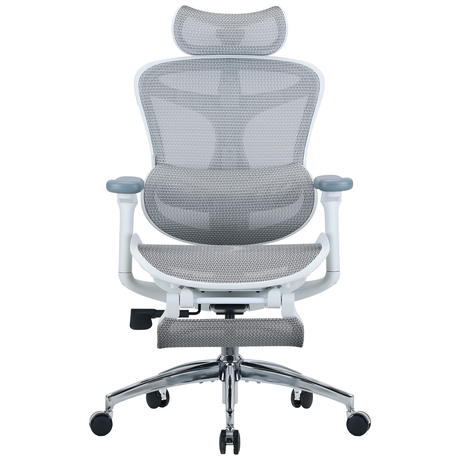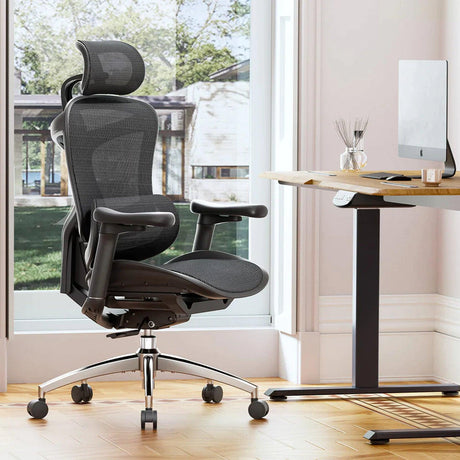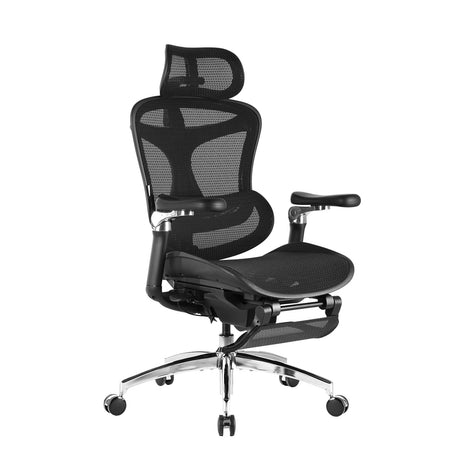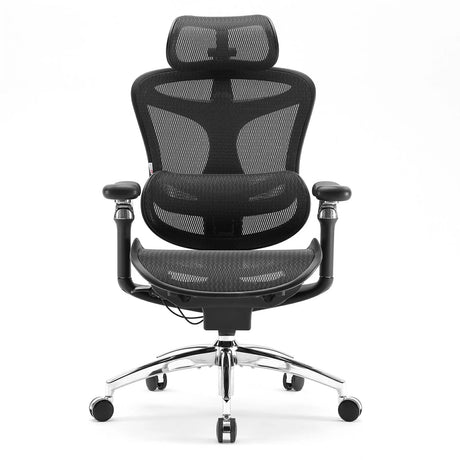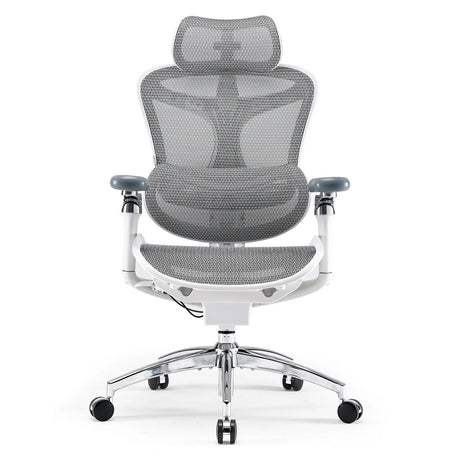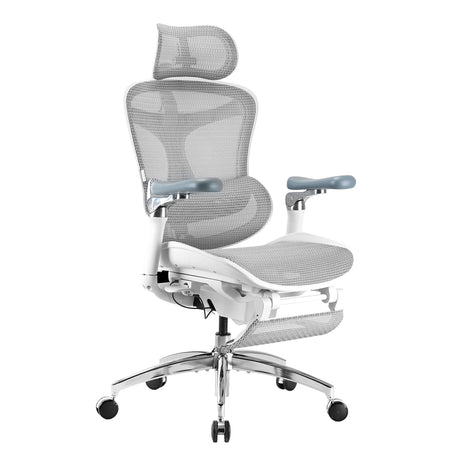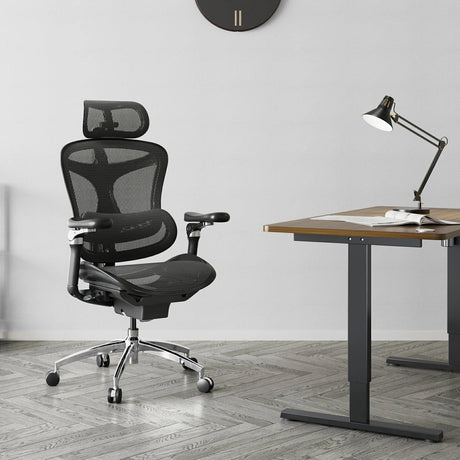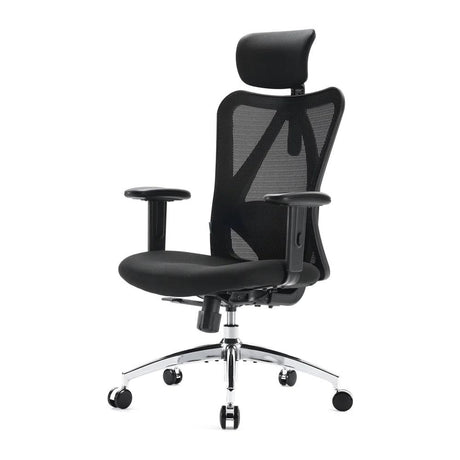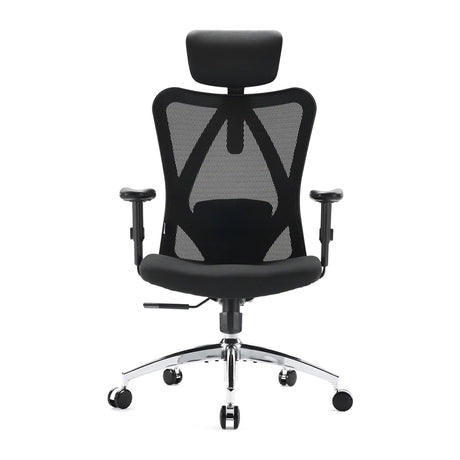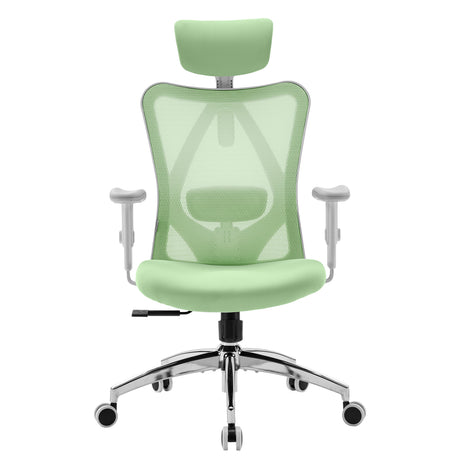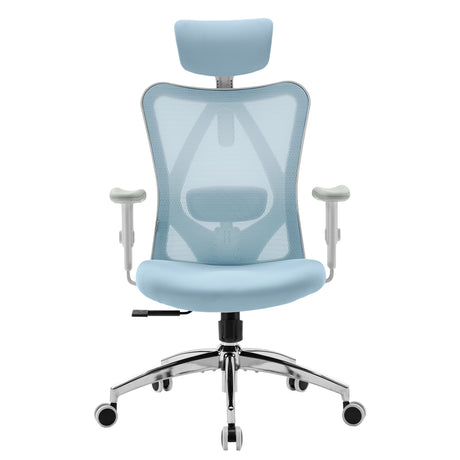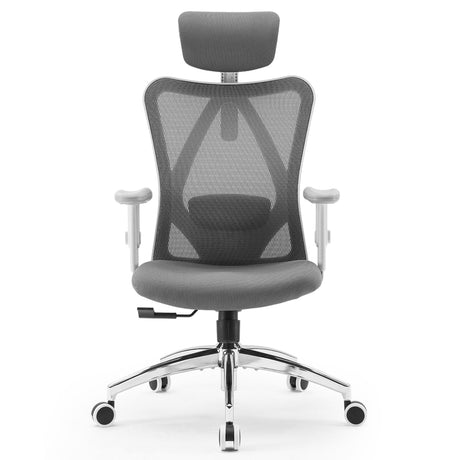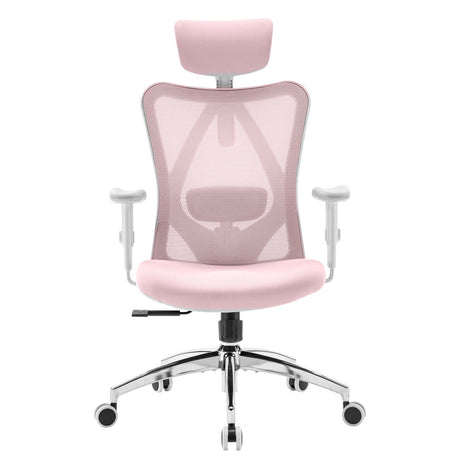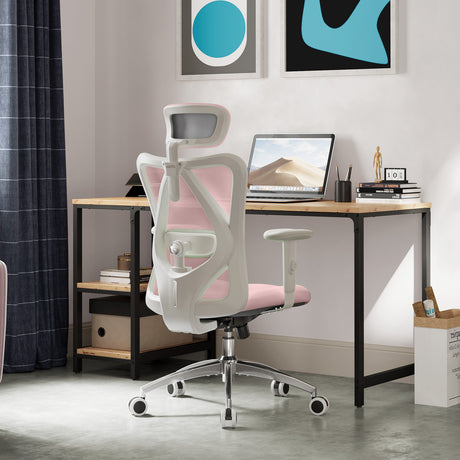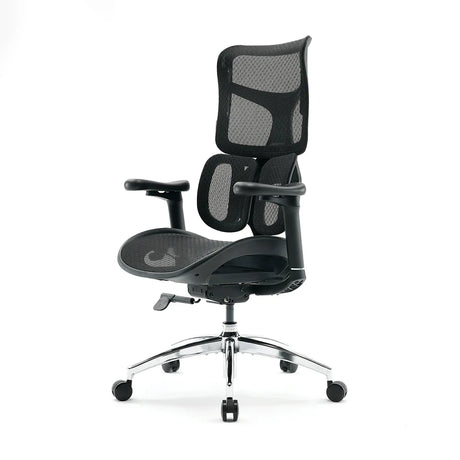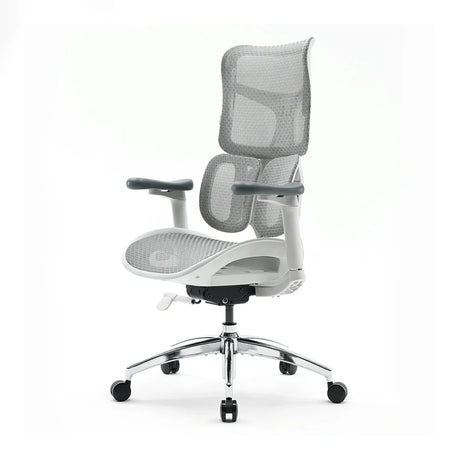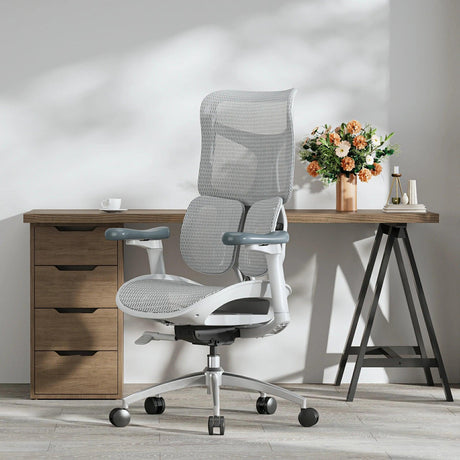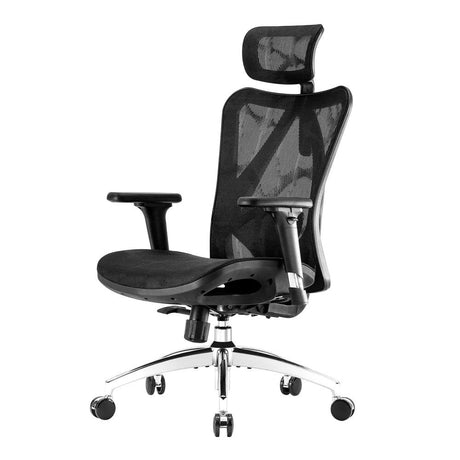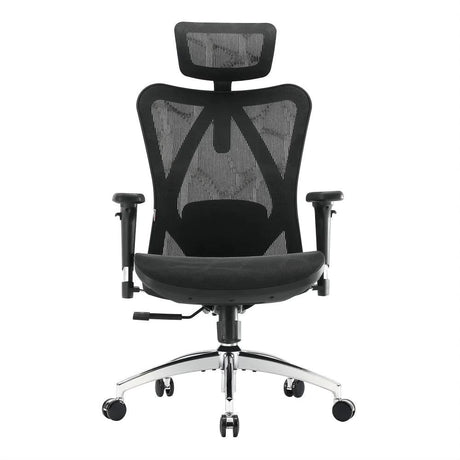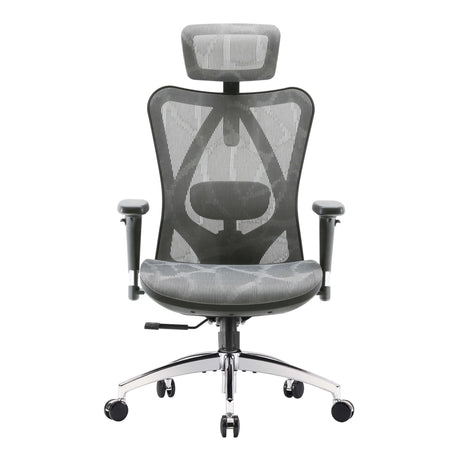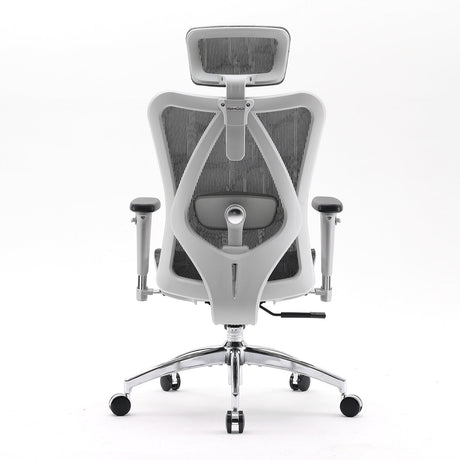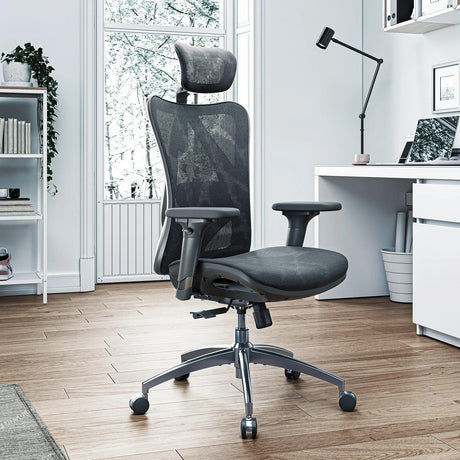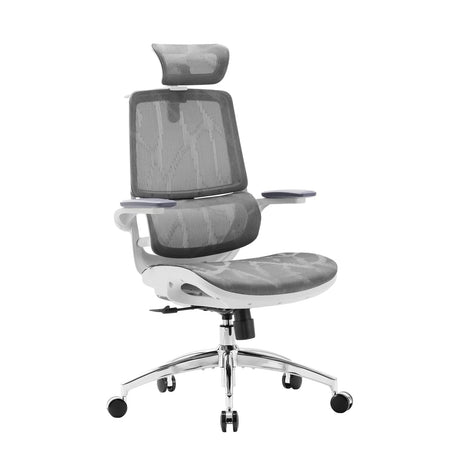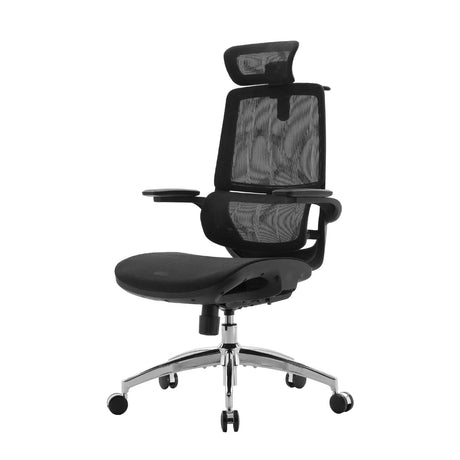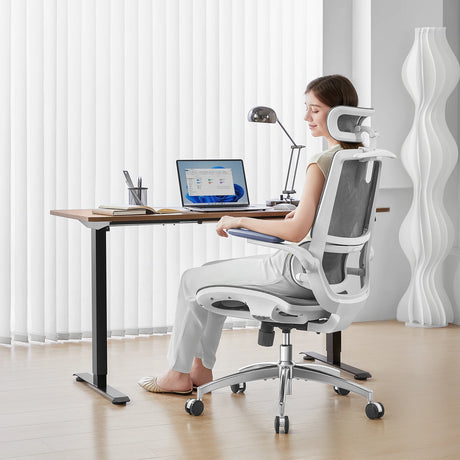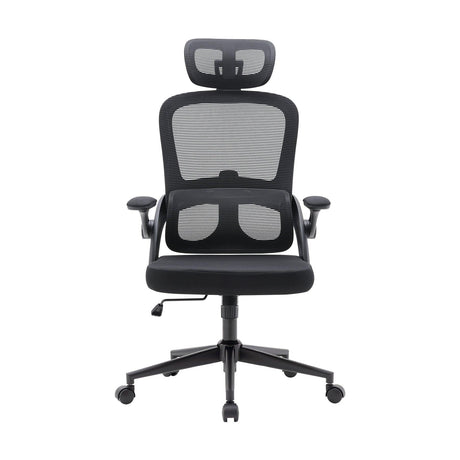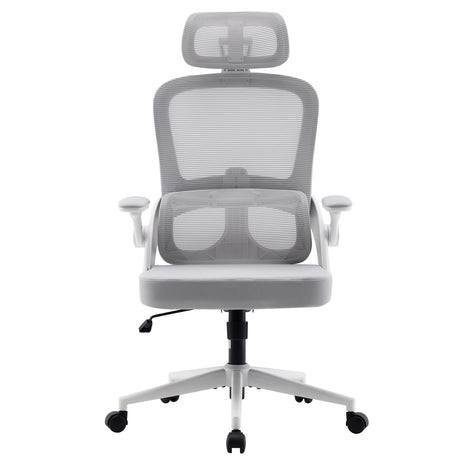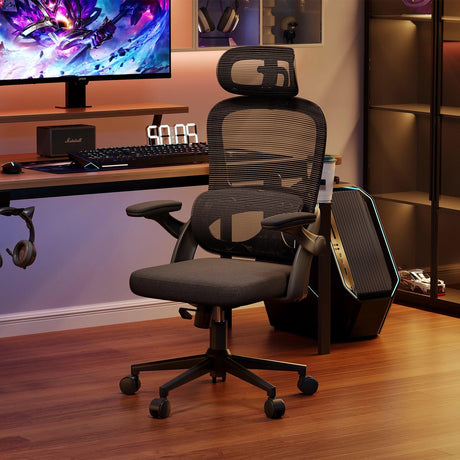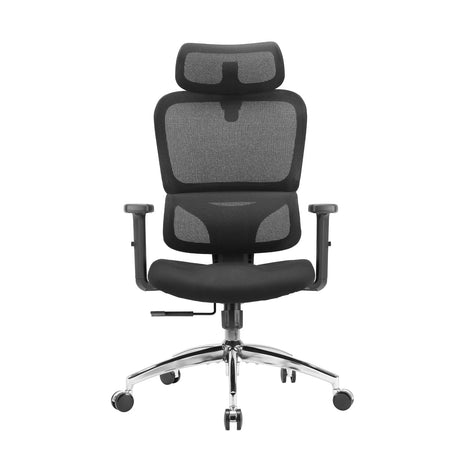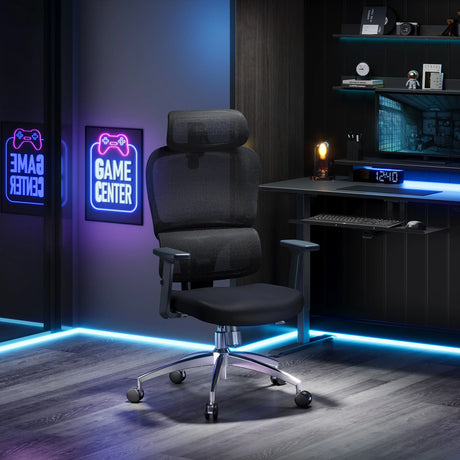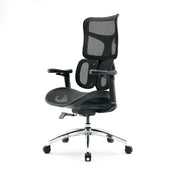Finding the right office chair is not as simple as picking something that looks good or fits within your budget. For many people, especially those who are shorter in stature, one of the most overlooked but essential factors is seat depth. While height-adjustable seats, lumbar support, and armrest flexibility often get the spotlight, the depth of the seat can make or break your comfort and posture during long hours of sitting.
So, what is the best seat depth for a short person? The answer is not just about numbers but about understanding ergonomics, human biomechanics, and how chairs interact with body proportions. In this comprehensive guide, we’ll explore the concept of seat depth, why it matters for shorter individuals, how to measure it, and what adjustments or chair features you should look for. By the end of this article, you’ll have a clear roadmap for choosing a chair that truly supports your frame.
1. What is Seat Depth?
Seat depth refers to the measurement from the front edge of a chair’s seat to the backrest. In simpler terms, it’s how much “sitting space” you have for your thighs when you sit back fully against the chair. Standard office chairs usually have a seat depth ranging between 16 to 20 inches, but not everyone falls within the average body dimensions these measurements are designed for.
For taller individuals, a deeper seat supports their longer thighs. For shorter people, however, too deep a seat can cause discomfort, improper posture, and even long-term health issues. Thus, choosing the right seat depth is essential.
2. Why Seat Depth Matters for Short People
Let’s imagine a shorter person sitting in a chair with a seat that is too deep. The backrest is too far away, so in order to sit back and get lumbar support, they either have to perch uncomfortably at the front edge of the chair or slide back with their legs sticking straight out. Both scenarios create problems:
- Lack of Lumbar Support: Perching on the edge means the spine isn’t supported, leading to slouching and back pain.
- Circulation Problems: Sitting with the back of the calves pressed against the seat edge restricts blood flow, potentially causing numbness or tingling.
- Increased Fatigue: Poor posture and circulation combined lead to muscle fatigue, discomfort, and reduced focus during work.
For short individuals, the wrong seat depth isn’t just a nuisance—it can actively harm health and productivity. That’s why choosing the correct depth is a critical step in ergonomic seating.
3. The Ideal Seat Depth for Short People
The generally recommended seat depth for shorter individuals is 15 to 17 inches, with adjustability being the key. This range allows the person to sit all the way back against the backrest while maintaining a 1 to 2-inch gap between the front edge of the seat and the back of the knees. This gap is crucial for proper circulation and comfort.
For context:
- Shorter adults (under 5’4” or 162 cm) tend to need a seat depth closer to 15–16 inches.
- Average-height individuals (5’4” to 5’9”) often do well with 17–18 inches.
- Taller individuals (above 5’9”) typically require 18–20 inches.
But since body proportions vary (some people have longer legs even if they’re short overall), adjustability is always the safest bet.
4. How to Measure the Right Seat Depth
If you’re shopping for a chair or trying to evaluate whether your current chair works for you, here’s a simple step-by-step way to measure:
- Sit Back Fully: Place your hips all the way against the backrest so your spine is fully supported.
- Check the Thigh Length: Measure from your lower back to the back of your knee.
- Leave a Gap: Ideally, the seat should extend up to about 1–2 inches from the back of your knees.
- Test the Edge: If the chair seat touches your calves, it’s too deep. If the edge of the chair falls too short under your thighs, it may feel unstable.
This method helps you assess whether a chair’s depth is compatible with your frame.
5. Common Problems When Seat Depth is Too Deep
For shorter individuals, the consequences of using a chair with excessive seat depth often include:
- Slouching: Sitting forward reduces back support.
- Lower Back Pain: Lack of lumbar support causes strain on spinal discs.
- Poor Circulation: Pressure behind the knees reduces blood flow to the lower legs.
- Fatigue: Muscle strain increases tiredness.
- Decreased Focus: Discomfort draws attention away from tasks.
These issues may not appear immediately but can accumulate over time, leading to chronic pain or discomfort.
6. Features to Look for in a Chair for Short People
If you’re short, you don’t necessarily need a custom chair—but you do need to pay attention to specific ergonomic features. Here are the most important ones:
a) Adjustable Seat Depth
Look for chairs with a sliding seat pan or depth adjustment mechanism. This allows you to set the seat depth to your own comfort, usually within a range of 15–19 inches.
b) Height-Adjustable Seat
The ability to lower the seat to around 15–16 inches from the ground ensures your feet rest flat without needing a footrest.
c) Lumbar Support
An adjustable lumbar system helps you position support exactly where your lower back needs it, even if you sit further forward due to shorter legs.
d) Waterfall Edge Design
A seat with a front edge that slopes downward reduces pressure on the thighs, which is especially helpful for shorter individuals.
e) Compact Frame Size
Some chairs are designed with smaller frames that naturally suit shorter people better. They often have narrower seats and shorter depth ranges.
7. Adjustments You Can Make if Your Chair is Too Deep
Not everyone can immediately buy a new chair, so here are some adjustments you can try if your current chair has too much seat depth:
- Use a Lumbar Pillow: This brings your back forward, reducing the effective depth of the seat.
- Add a Cushion: A firm seat cushion can shorten the depth slightly and provide extra support.
- Adjust the Desk Height: Lower your desk (if adjustable) so you can raise your chair and still keep your feet grounded.
- Use a Footrest: This helps balance your posture if the chair seat is too high after adjustments.
While these solutions aren’t perfect, they can make a big difference in comfort until you can invest in a chair better suited to your body.
8. Seat Depth in Relation to Other Ergonomic Factors
Seat depth doesn’t exist in isolation—it interacts with other elements of chair design:
- Seat Height: Even with the right depth, if the seat is too high, your feet may dangle, causing discomfort.
- Backrest Angle: Reclining too far back can negate the benefits of proper depth.
- Armrest Position: If armrests are too wide or too high, they may force you into awkward positions despite good seat depth.
- Workstation Setup: A chair can only be as ergonomic as the desk and monitor setup allow.
This is why choosing the right chair involves a holistic look at ergonomics, not just one measurement.
9. Special Considerations for Very Short Individuals
For individuals under 5 feet (152 cm), even standard “short-person friendly” chairs may not always fit. In this case:
- Look for petite-sized office chairs, which often have seat depths as low as 14 inches.
- Consider children’s ergonomic chairs if adult chairs are consistently too large.
- Always pair with a footrest if the seat cannot go low enough.
Remember, ergonomics is about fitting the chair to the person—not the other way around.
10. The Psychological Impact of Proper Seating
It’s not just about physical health. The right chair and seat depth can influence:
- Focus: Reduced discomfort allows better concentration.
- Mood: Ergonomic comfort reduces irritability and stress.
- Confidence: Having a chair that fits properly can improve posture and presence in meetings or video calls.
In other words, proper seat depth contributes to both physical and mental well-being.
11. Real-Life Example: Comparing Two Chairs
Imagine two office chairs:
- Chair A has a fixed seat depth of 19 inches.
- Chair B has an adjustable seat depth ranging from 15 to 18 inches.
For someone who is 5’2” with shorter thighs, Chair A would force them to either perch forward or press their calves uncomfortably against the seat edge. Chair B, on the other hand, allows adjustment to 16 inches, enabling full back support and proper leg circulation. The difference in daily comfort and posture is dramatic, even though both chairs might look similar at first glance.
12. How to Shop for the Right Chair
When browsing for a chair, whether online or in a showroom, here’s a checklist:
- Look for adjustable seat depth (priority feature).
- Check seat height range (should go low enough for your feet).
- Test lumbar support (should adjust to your lower back position).
- Confirm seat width (not too wide for your hips).
- Try it, if possible: Sit for at least 10 minutes to check comfort.
- Read reviews from short users: Look specifically for feedback from people of similar height.
If you’re buying online, make sure the retailer has a good return policy in case the fit isn’t right.
13. The Best Solution: Adjustable Ergonomic Chairs
The ultimate recommendation for shorter individuals is to invest in a fully adjustable ergonomic chair. These chairs are not only designed for comfort but also allow fine-tuning of multiple dimensions, ensuring a personalized fit. While they may cost more upfront, the investment pays off in improved health, reduced pain, and better productivity.
This is particularly true if you spend 6–10 hours a day at a desk. In such cases, ergonomics is not a luxury but a necessity.
14. The Role of Seat Depth in Long-Term Health
Prolonged sitting already poses challenges for the human body. When combined with improper seat depth, the risks multiply:
- Chronic back pain from lack of spinal support.
- Hip stiffness from constant pressure on joints.
- Varicose veins or swelling due to restricted blood flow.
- Forward head posture from leaning to compensate for poor support.
On the flip side, a well-fitting chair can prevent many of these issues, allowing shorter individuals to work comfortably and healthily.
15. Putting It All Together
So, what is the best seat depth for a short person? The answer is a seat depth of 15 to 17 inches, ideally adjustable, with a 1–2 inch gap between the back of the knees and the front edge of the chair. Anything deeper risks compromising circulation and posture, while anything shallower may not provide enough thigh support.
When shopping for a chair, prioritize adjustability, lumbar support, and compact design. If a new chair isn’t an option, temporary solutions like cushions, pillows, or footrests can help.
At the end of the day, the goal is simple: a chair that supports your natural posture, keeps you comfortable for long hours, and fits your body rather than forcing you to adapt. For those struggling to find the right fit, exploring models designed as a desk chair for short person can be a great starting point.
16. Final Thoughts
Ergonomics is not one-size-fits-all. Just as tall people need chairs that accommodate their frames, short individuals deserve seating that supports their unique needs. The best seat depth is not about following generic guidelines but about understanding your body, testing your options, and making adjustments as needed.
If you’re short and often uncomfortable in your chair, it’s not you—it’s the chair. The right seat depth can transform your sitting experience from frustrating and fatiguing to supportive and empowering. Consider your body first, and let your chair adapt to you, not the other way around.

